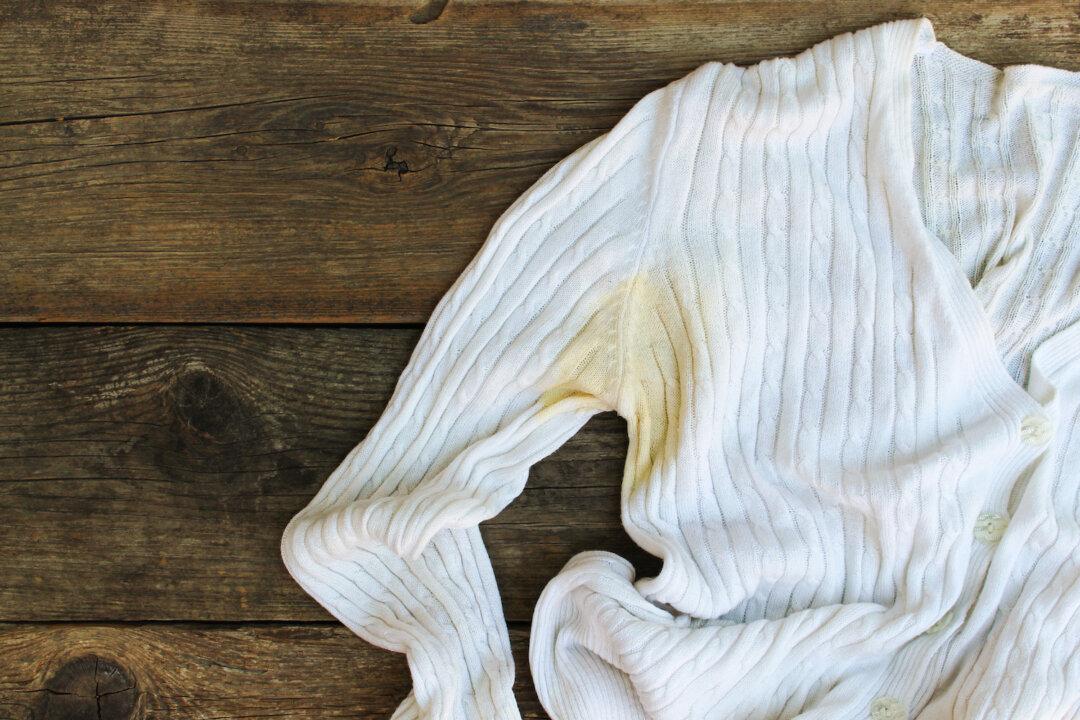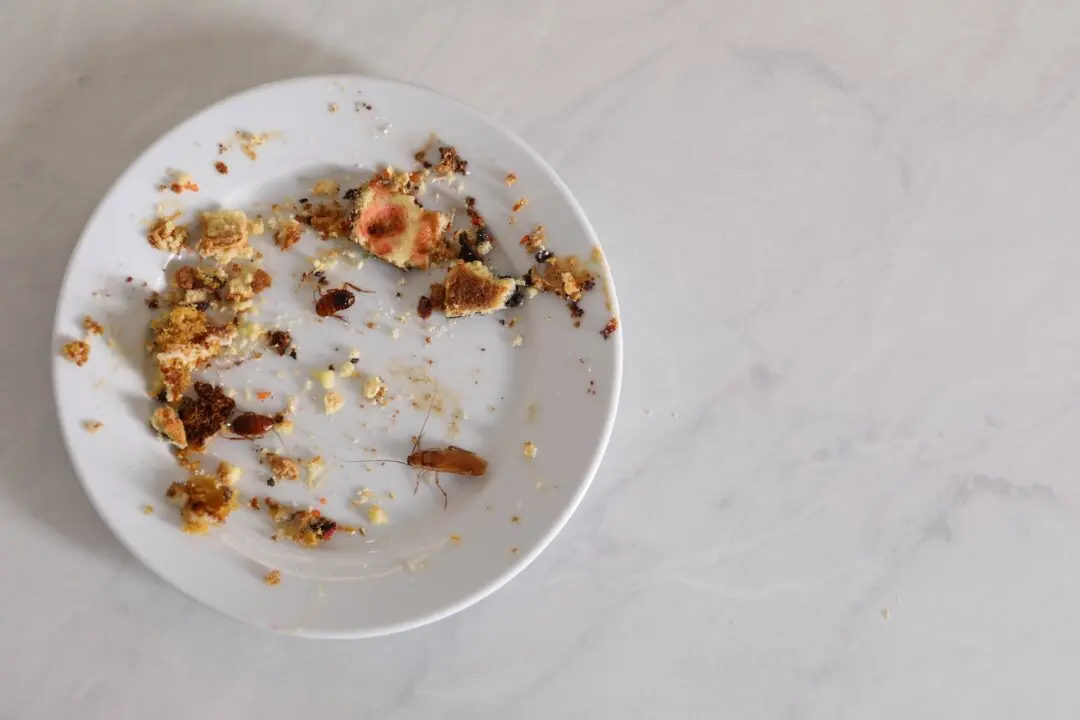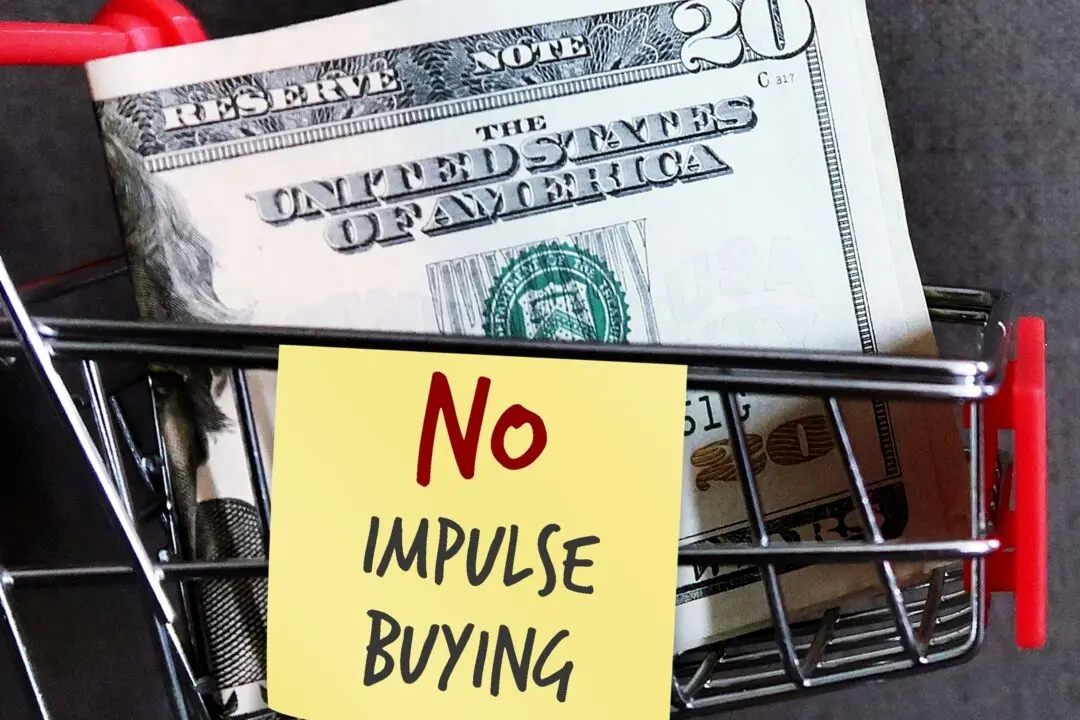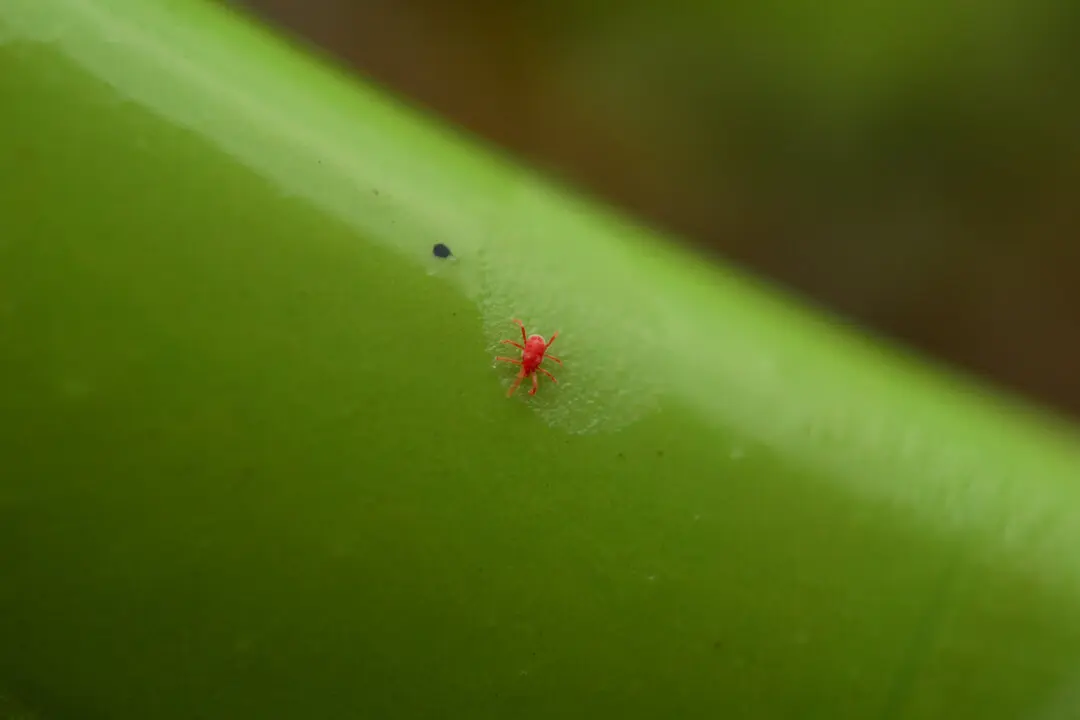Laundry challenges, it seems, come in every size, shape, and intensity. Rather than thinking there is no solution for that stain, shrunken item, or another laundry disaster, consider the ways you can recover and renew situations gone bad.
Shrunken
Don’t be too quick to toss out that favorite sweater that just got shrunk in the hot wash or went through the dryer accidentally set to hot. Chances are good you can unshrink it if you move quickly.In a large container, make a solution with 1 gallon lukewarm water and 2 tablespoons baby shampoo. Soak the shrunken garment in the solution for about 10 minutes until totally saturated. Now, the important part: Don’t rinse! Simply blot out all the excess water with a dry towel and very gently lay it flat on a fresh towel. Reshape slowly and carefully as you stretch it back to its original size. Dry away from direct sunlight or heat.





